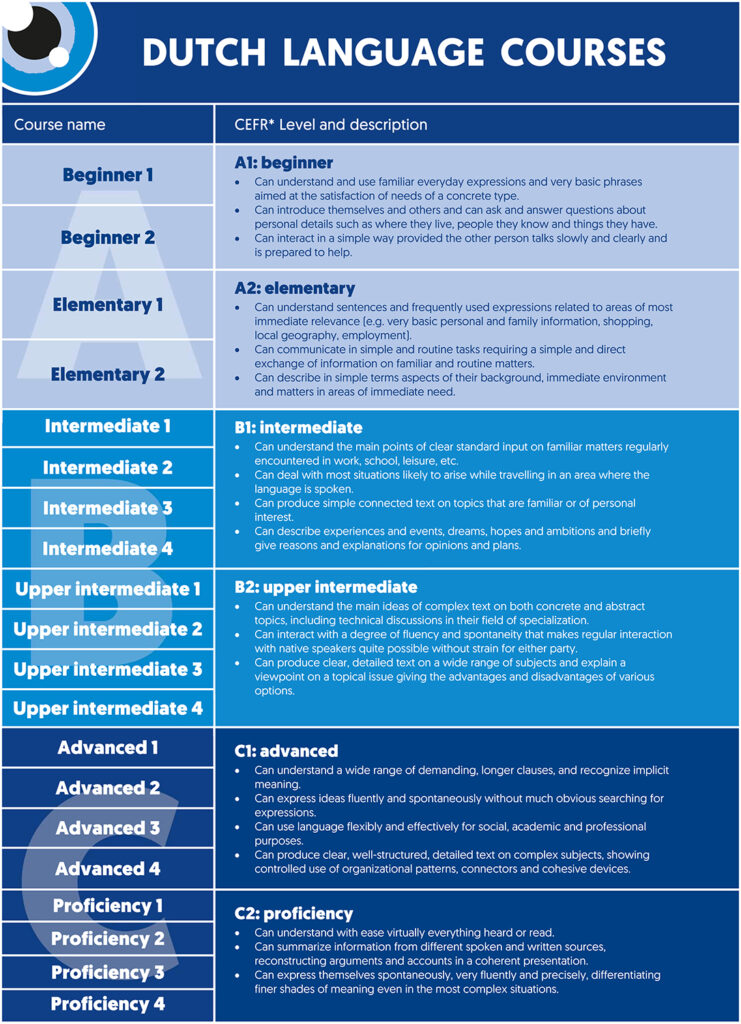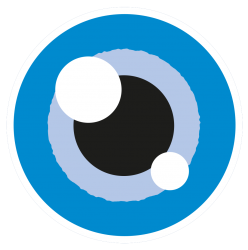Like the British Council, Alliance Française and Goethe Institut, DUTCH APPROACH also uses the CEFR levels as a benchmark. DUTCH APPROACH has developed its courses on the CEFR groups: A (Basic user), B (Independent user); C (Proficient user). Each group is divided into 2 levels, so 6 levels in total. For each CEFR level reached, DUTCH APPROACH provides its students with a certificate as a sign of the achieved Dutch language skills.

Between 1989 and 1996 the Council of Europe developed as part of the project ‘Language Learning for European Citizenship’ the guideline ‘Common European Framework of Reference for Languages’ (abbreviated in English as CEFR, in Mandarin called 歐洲語言共同參考框架). This guideline is used to describe achievements of learners of foreign languages across Europe (and in other countries as well). Its main aim is to provide a method of learning, teaching and assessing which applies to all language in Europe, including the Dutch language. In November 2001, a European Union Council Resolution recommended using the CEFR to set up systems of validation of language ability. The six reference levels are becoming widely accepted as the European standard for grading an individual’s language proficiency.

